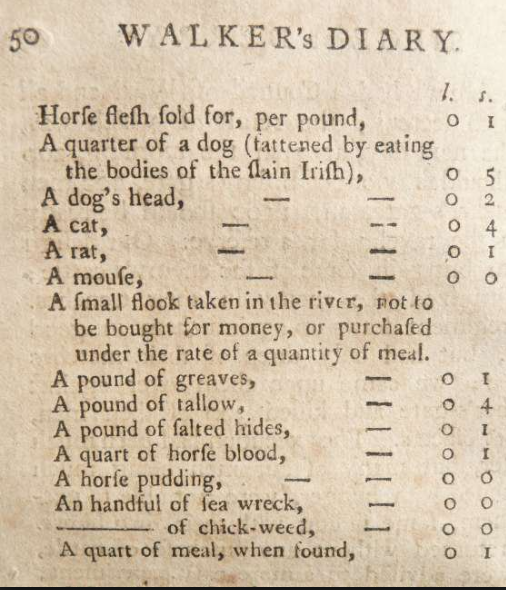Ages in the 1901 & 1911 census returns.
Anyone who has made a careful search for their ancestors in the 1901 and 1911 census returns may be surprised to see a sizable jump in ages between the two returns. It appears that ages in the 1901 returns were often rounded up to the nearest ten so there are a disproportionate number of people aged 40, 50 or 60 and so on. Anyone who was older than 37 years in 1901 census was born before the onset of civil registration of births, which only began in Ireland in the year 1864.
Not surprisingly many people, especially the older generations did not know their actual age and in the absence of formal civil documents may have made an educated guess in this regard.
The 1901 and 1911 census returns for Ireland are available online:
How then does one explain why some people aged significantly between 1901 and 1911? The answer is relatively simple since the government introduced Old Aged pensions in 1909 and to be eligible one had to be over 70 years old!
The Old Age Pensions Act 1908 introduced a non-contributory pension for eligible people aged 70 and over. It was implemented from January 1909 in England, Wales, Scotland and Ireland. To be eligible, applicants had to be 70 years old, to have an income of less than £31.10.00 per annum and to 'be of good character'. During the first three months of 1909, 261,668 applications were made in Ireland. By 31 March 1910, 180,974 Irish pensions had been granted. The level of take-up from those eligible in Ireland was 98%, as opposed to 45% in England and Wales, demonstrating the need for such a measure due to widespread poverty. The full pension of 5 shillings per week for a single person, or 7 shillings per week for a married couple, was available to those with an income of less than £21 per annum.
Proof of age was an essential part of the process of application for a pension. Because civil registration of births did not begin in Ireland until 1864, applicants had no official documentation to prove their age. It was decided that searches of the 1841 and 1851 census returns, still in the Public Record Office at this time, could produce acceptable documentary evidence of a claimant's age. The claimant had to provide parents' names and their residence in March 1841/1851. They also had to state the age they believed themselves to have been in the appropriate year. These forms were sent to the Public Record Office in Dublin where searches were carried out to prove eligibility. When a search could not find the claimant, the form was returned with 'not found' or 'no trace' written on it. Even then, you will get the claimant's version of his family members' names and location in 1841 or 1851. But many searches were successful, and these can often provide the names and ages of every person living in the claimant's household at the time of the relevant census.
Some of the pension claim forms are now searchable online:



Comments
Post a Comment